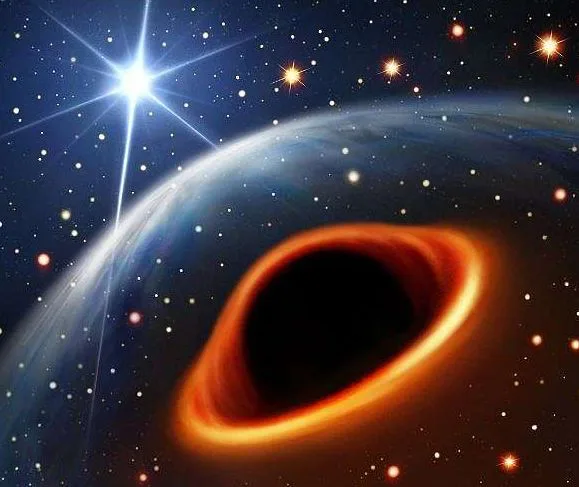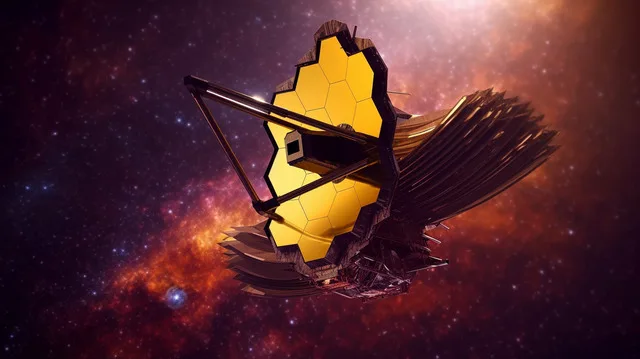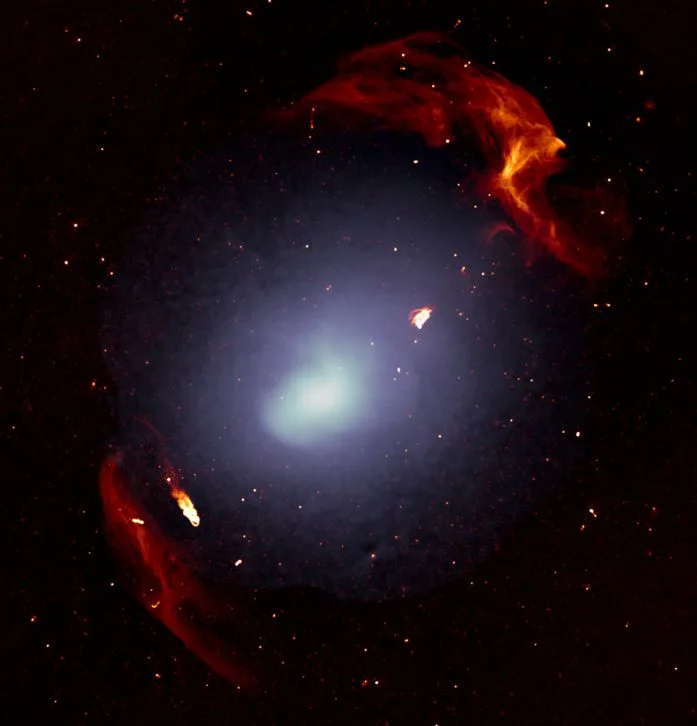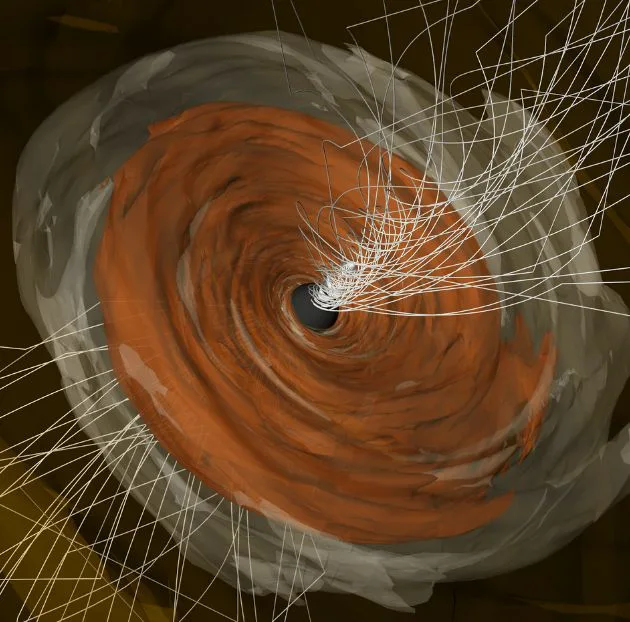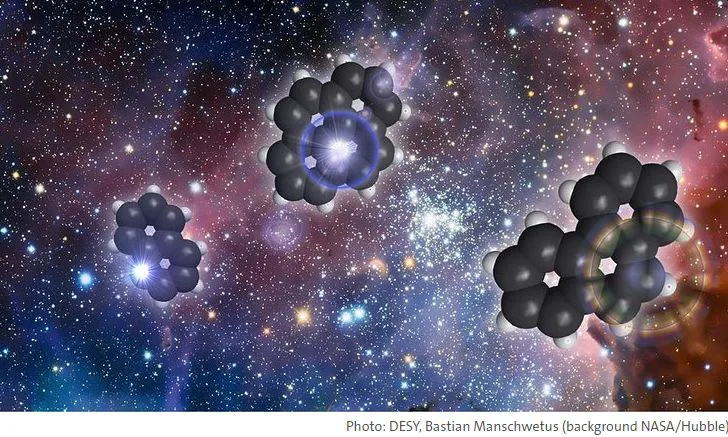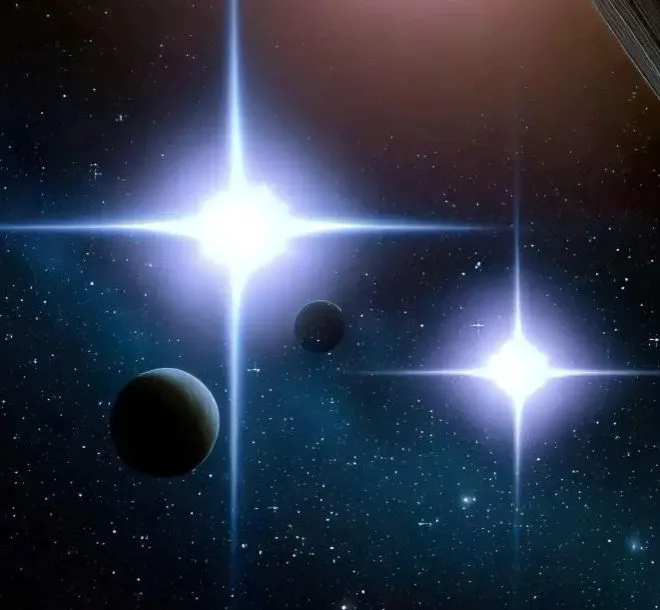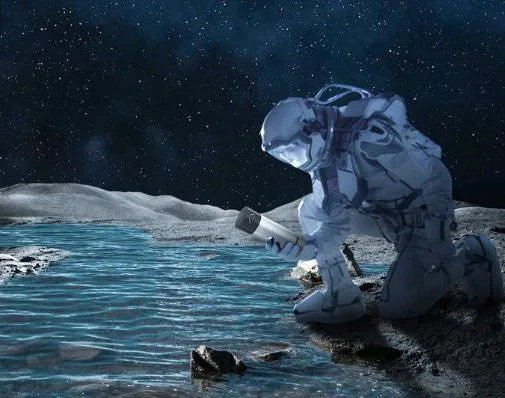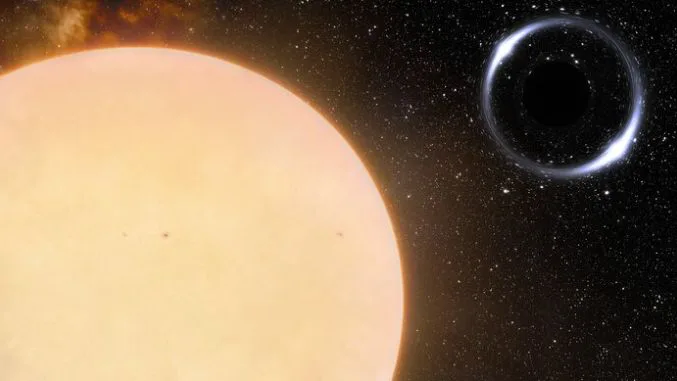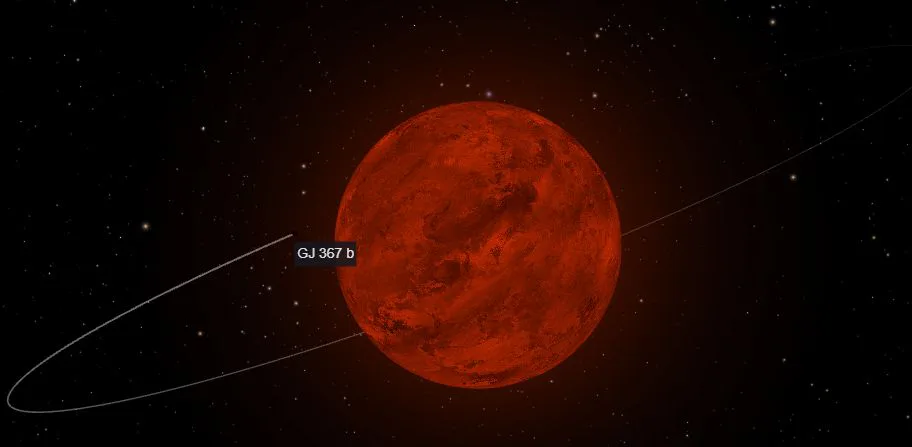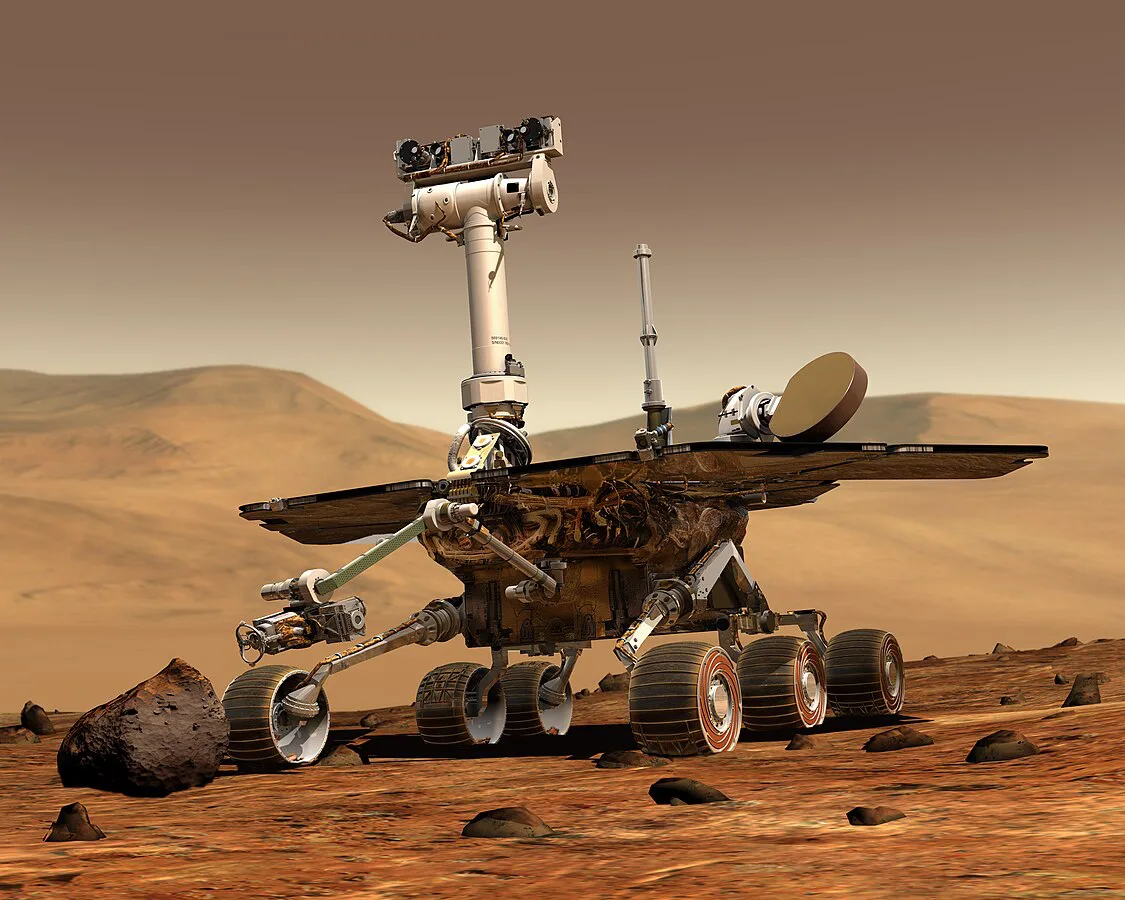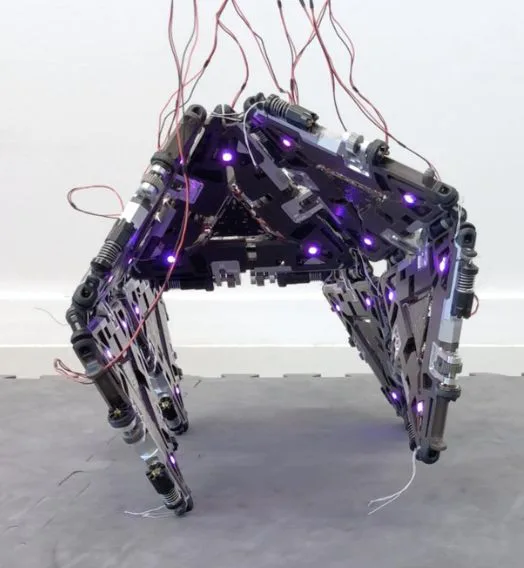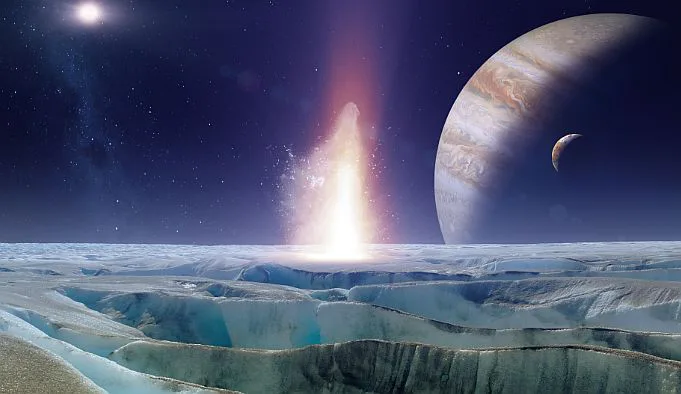I am honored to introduce Professor Roberto Maiolino, an esteemed figure in the field of Experimental Astrophysics. Currently holding the position of Professor at the Department of Physics (Cavendish Laboratory) and the Kavli Institute for Cosmology, University of Cambridge, Dr. Maiolino also serves as an Honorary Professor at University College London and holds the prestigious title of Royal Society Research Professor. With a primary focus on the exploration of galaxy formation and the evolution of supermassive black holes, Professor Maiolino employs a diverse array of observing facilities to unravel the…
Read MoreTag: space exploration
Cosmic Conundrum in the Milky Way: Lightest Black Hole or Heaviest Neutron Star
Exciting news from the cosmos! Astronomers from around the world, including the brains at The University of Manchester and the Max Planck Institute for Radio Astronomy in Germany, have stumbled upon an unknown object in the Milky Way. The newly discovered object is heavier than the heaviest neutron stars we know. And lighter than the lightest black holes we’ve seen. The team used the MeerKAT Radio Telescope, to spot this mysterious object. This celestial entity is in orbit around a high-speed millisecond pulsar, situated around 40,000 light years away in…
Read MoreAstronomers Pinpoint Oldest Known Black Hole: Time-Traveling with Telescopes
Recently, astronomers have detected a super-old black hole, which is devouring its galaxy. It is dated back to the earliest black hole ever. It’s like the ultimate space buffet for the oldest black hole. Researchers at the University of Cambridge, unleashed the NASA/ESA/CSA James Webb Space Telescope (JWST) to spot this ancient black hole. The gravity well is chilling out 400 million years post-Big Bang, that is, over 13 billion years back.
Read MoreGalactic Breakthrough: Abell 2108 Reveals Its Second Radio Relic
Indian and Taiwanese astronomers recently upgraded Giant Metrewave Radio Telescope (uGMRT) to snoop around the galaxy cluster Abell 2108. And guess what? They stumbled upon a second, way bigger radio relic that’s like, totally different from the first one they knew about in the same cluster.
Read MoreM87 Black Hole Unveils Magnetic Brilliance in Spiraling Light
In 2019, the Event Horizon Telescope (EHT) unveiled the first-ever images of M87. It was a mind-blowing moment for astronomy. M87 is a supermassive black hole at the center of the galaxy Messier 87. The EHT dropped the first snapshots of M87. It was like getting an up-close look at a supermassive black hole for the first time ever!
Read MoreMeteorites Unveiled as Earth’s Nitrogen Messengers
Tiny meteorites from the icy outer reaches of the Solar System might be the reason nitrogen ended up near Earth. Yes, we are talking about the early days of our solar system. A team of scientists from the University of Hawai’i at Manoa along with Kyoto University and others from around the globe recently published their discovery in Nature Astronomy.
Read MoreBe Stars’ Dancing in Triple Systems
Jonathan Dodd and Professor René Oudmaijer’s recent research at the University of Leeds challenges the assumption that massive Be stars are mainly found in double star systems. The study, however, suggests evidence supporting the idea that these stars might be part of triple star systems. Thus, introducing a new perspective in stellar science.
Read MoreEarth’s Electrons: Unexpected Contributors to Lunar Water Formation
Our planet, Earth, is not merely a rock in space but an interesting entity with various forces acting within and outside of it. For instance, magnetosphere. Earth’s core consists of molten iron. This liquid iron creates electric currents. Which, consequently, generate a magnetic field that surrounds Earth. This magnetic field extends far out into space, creating the magnetosphere. It acts as a formidable defence against the solar wind.
Read MoreBlack holes in the Hyades Star Cluster
In an international collaboration between astronomers from University of Padua (Italy), the Institute of Cosmos Sciences of the University of Barcelona (ICCUB) and the Institute of Space Studies of Catalonia (IEEC), there are indications that multiple black holes might exist within the Hyades cluster.
Read MoreNew Exoplanets Discovered in GJ 367: A Cosmic Surprise
In an effort to explore the mysterious GJ 367 planetary system, an international team of astronomers embarked on a dynamic quest. Armed with the High Accuracy Radial velocity Planet Searcher (HARPS), they set out to unravel the secrets hidden in the vastness of space.
Read MoreRobots making Autonomous Decisions on Extraterrestrial Missions: Learning to Learn
Rovers on Mars are constantly monitored and maneuvered by humans on Earth. However, robots on missions to Saturn or Jupiter’s moons can’t get timely commands from Earth. What if these machines could make decisions on the fly? Instead of waiting for an “order”, how about these bots making autonomous choice? Thinking on these lines of thought, researchers at the University of Illinois Urbana-Champaign came up with a cool way for these robots to decide where and how to collect terrain samples on their own.
Read MoreMori3 Transforms 2D Triangles into Limitless 3D Possibilities: Reconfigurable Robotics
Researchers at EPFL have tried to integrate two worlds to create a remarkable breakthrough. Combining digital polygon meshing with biological swarm behavior, they have developed the Mori3 robot. The technology has the potential to revolutionize modular robotics and shape-shifting capabilities.
Read MoreEuropa’s Slow Interior Evolution: Insights into the Jovian Moon’s Dynamic History
The surface area of Europa, one of Jupiter’s moons, is slightly smaller than Earth’s Moon. Yet it has garnered a lot of attention from scientists as a potential site for extra-terrestrial life. Here are some of the reasons, why it is considered as potential for hosting life: Surface and Ice Shell: The surface of Jovian moon is covered by a layer of ice that is believed to be several kilometers thick. When it comes to the entire solar system, its icy crust is one of the smoothest. This implies that…
Read MoreBook Review: The Naked Sun by Isaac Asimov
The Naked Sun is a captivating and enjoyable murder mystery that remains highly readable, even after several decades. It was published in 1957. And it is the second instalment in Asimov’s ‘Robot’ series, succeeding The Caves of Steel, which was released three years prior. Asimov here presents a plethora of thought-provoking concepts, by exploring the boundaries of science, space, technology, psychology, and societal dynamics.
Read MoreInterview: Dr. Ore Gottlieb, an Astrophysicist at Northwestern University, Illinois
Dr. Ore Gottlieb is a theoretical high energy astrophysicist. Currently, he is occupying Rothschild/CIERA Postdoctoral Fellowship position in Astrophysics at Northwestern University. His recent work on “Dying stars’ cocoons could be new source of gravitational waves” caught our attention and so we tried to touch base with him for an interview. We got lucky, as he agreed to spend some time with us.
Read More

